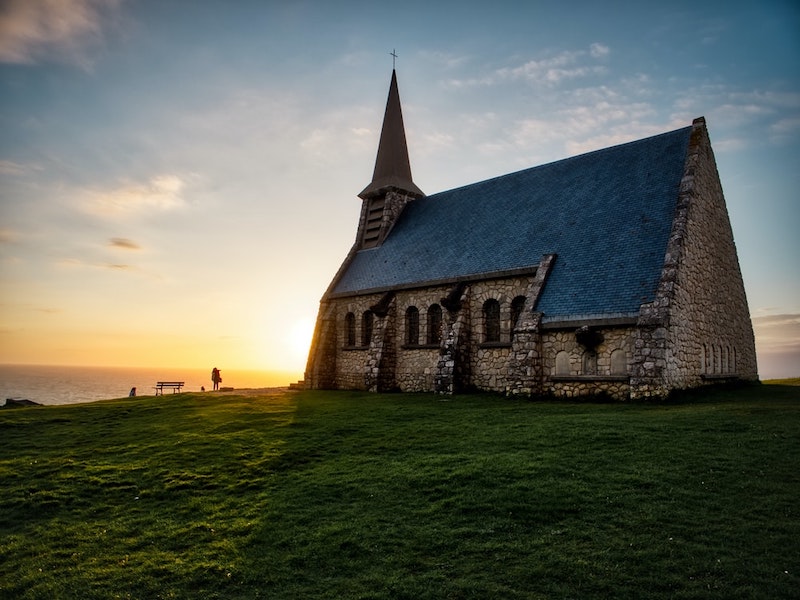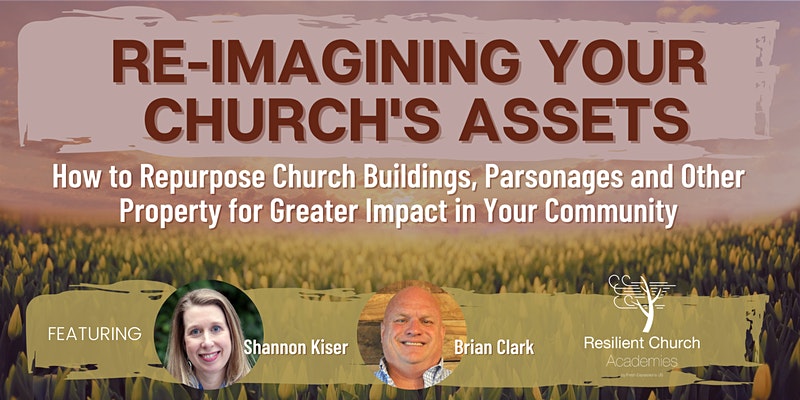On February 27th 380 AD Christianity became the official state religion of the Roman Empire and many would say in that moment the era of Christendom began. We can make a long list of all of the consequences of this historical moment. One of the outcomes was the church began to build buildings in every European village where congregations could meet. Some were simple in design, others were massive cathedrals and basilicas being works of art in and of themselves.
In April of 2019 Notre Dame Cathedral in Paris burned and the world took notice. This beautiful building that was part of the sacred landscape of the city was on fire. Crowds filled the streets for miles watching with shock and awe. There were tears as a beloved fixture since 1123 AD in the Paris skyline was crumbling in the flames.
I love these special and historic places. I sense something of the sacred when I am within the walls of a church. Whether a grand cathedral or a simple country church, I find something of a holy warmth and comfort just being there. I cherish the moments I get to sit in them, to be still, to be quiet and to reflect.
Buildings may seem essential but are they?
Congregations must face the hard fact that the mission of the church Jesus describes was never about a building; it was about a people
Tweet this.
The vision was a community of faith, people doing life together. Sadly many of these spaces belong to a different time. Buildings are important, a sense of place is essential but what is that space supposed to do and how does a building or property serve the mission of the church? These are needed and difficult questions.
The days are quickly waning when church facilities can sit idle six days a week. Budgets are declining. Churches are increasingly disconnected from their communities. Aging buildings sometimes feel more like shackles than assets. On average 23% of a church’s budget goes for buildings and upkeep. Is this a reasonable expense for an asset that so often is minimally used?
It all starts with purpose. What is missing in your community? Who is God calling you to engage in your community? How might your assets be re-imagined with your purpose in mind? It’s not enough to recognize what assets we have and how we can utilize them, the vision is bigger than that. Our best creative plans only make sense if we can begin to narrow in on the purpose, passion, and priorities the Spirit is inviting our congregation to live into day by day.
Some more questions to ask…
- What do entrepreneurial, missional business ventures look like?
- How do we craft Godly marketplace initiatives?
- What can we learn from those who have been on the frontlines of creative re-purposing of church facilities?
- What partnerships and businesses have breathed new life into ministry and mission?
- What are some pitfalls we should be aware of?
- What opportunities can we begin to imagine as we look at our own assets and possibilities?
We can have great ideas and schemes. But what does it look like practically to develop a viable business plan and lead a congregation into a new venture? While at the same time following the Spirit and trusting in God’s timing and provisions? We must move from theory to practical leadership and planning that is needed to get an entrepreneurial venture off the ground.
In many ways this is nothing new as we are talking about an Abbey Life and Mission. Abbeys were where Christian communities thrived; engaging people, serving and giving, being salt in a flavorless existence and light in a dark expanse. They had a pattern for life built around worship, prayer, study, fellowship, service and work. Kind of sounds like a pattern for discipleship.
Abbeys were also known for cottage industries, growing crops, baking bread, making wine, producing manuscripts and art. Iona on the western Scottish shore dating back to the 6th century is an example of this Abbey way of life. To this day there is a Christian community in residence.
The church can be a center for establishing Godly Marketplace, businesses that employ individuals teaching principles of of honesty, integrity, a work ethic and stewardship.
Tweet this.
There is nothing wrong with having a prosperous entity; Paul was a tent-maker, Lydia sold purple cloth, in the parable of the talents fruitful labor is rewarded. Cultivating Godly Marketplace should be part of the churches mission.
Abbeys are communities that often have buildings and structures which are used 24/7 for the mission of the church. They cultivate a comprehensive way of life in the Gospel. Can we capture this again? If we are willing to be bold, to think creatively and differently and by the leading of the Holy Spirit we can see our properties become thriving places of community life centered in Christ. Is there a way to revitalize the assets we have and leverage them for the Kingdom of God?
You can explore this and more at the Resilient Church Academy 3 week track – Reimagining your Church’s Assets.



